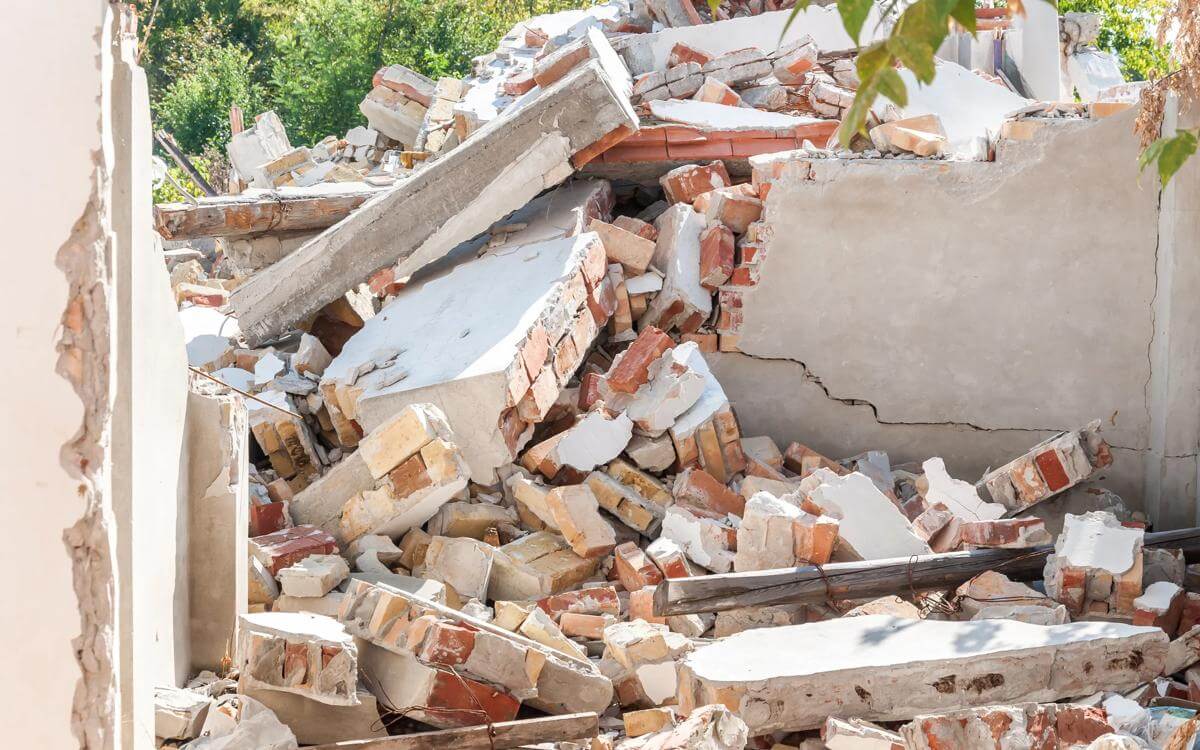With the release of the hotly anticipated “Oppenheimer” by Christopher Nolan last month, in this article we consider the dangers of nuclear radiation release and how this may affect insurers and underwriting.
Oppenheimer created the first atomic bomb in 1945, but radiation release is an ever-present threat due to the development and deployment of nuclear weapons.
Nuclear radiation can stem from a range of factors such as war, intentional interference by hostile parties, malpractice in daily operations, natural disasters or extreme weather. The release of radiation can affect insureds in varying ways, triggering insurance claims from a range of business lines.
Disruption to economic activity
The destruction of infrastructure, equipment and potential evacuation of workforce can result in significant and costly interruptions to business activity.
Radioactive particles can travel from the site of an explosion and contaminate land and water within a two-mile radius, resulting in genetic mutations, disease and death in generations of plants and animals. Not only does this have catastrophic environmental impacts but can disrupt resourcing for businesses.
This disruption can be lengthy, with the soil and milk produced in some areas outside of Chernobyl still having radiation levels above that of the accepted national standard, following the explosion 35 years prior.
For insurers, this may lead to considerations surrounding whether insureds have alternative resources or can outsource their business to mitigate interruption or liability.
Personal injury
Human exposure to radiation can be lethal at very high doses. Further, lower doses of radiation can cause long standing health implications such as cardiovascular and circulatory diseases, nervous system problems and cancer. In the case of Chernobyl, NRCRM estimate five millions citizens of the former USSR were registered as being affected by radiation.
The mortality and morbidity resulting from the emittance of nuclear radiation may lead to claims under life, health and casualty policies.
Property damage
The atomic bomb deployed in Hiroshima destroyed or damaged over 60,000 of their 90,000 buildings. With this representing over 67% of the city’s structures, the colossal implications on business’ infrastructures and homes are clearly demonstrated.
Insurers should consider their policy wordings, addressing cover such as the inclusion of evacuation and temporary accommodation. Although there is little that can be done to mitigate property damage in close proximity of nuclear activity, considerations may be made to the types of materials used and the measures put in place by insureds that are located further away from the explosion, to protect from ground movement.
Conclusion
The loss arising from nuclear radiation can be great, with an incident having a ripple affect globally. Whilst most insurance policies include war and radiation exclusions as standard, indirect consequences from the deployment of nuclear weapons may nevertheless trigger policies if radiation fallout crosses international borders. Insurers are nevertheless reminded of the importance of regularly checking their policy wordings and exposure.
Contents
- The Word, August 2023
- Is Europe’s first EVTOL aircraft on the horizon? - emerging risks for insurers
- The rise in risky cosmetic surgery injections - the increased risk to insurers
- Climate change strikes again
- Can your fine art risks weather the storm?
- US Court declares a constitutional duty to protect against climate change
- How can generative AI assist the insurance industry?
Key contact

Tim Johnson
Partner
tim.johnson@brownejacobson.com
+44 (0)115 976 6557









































